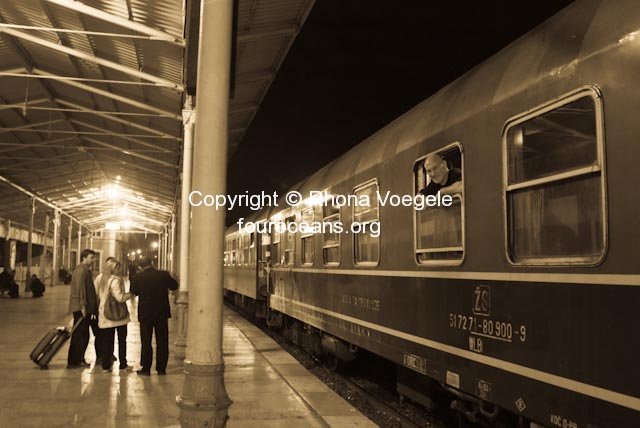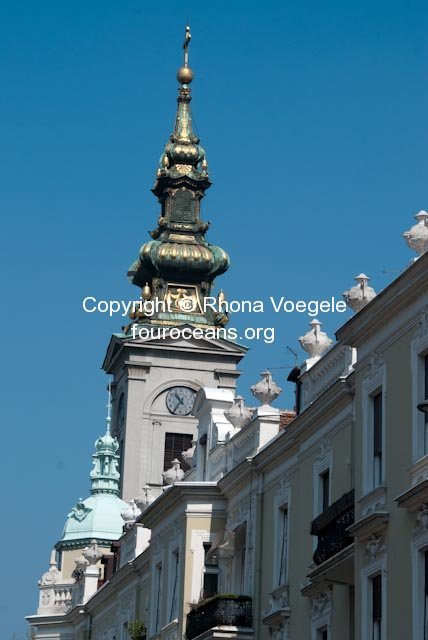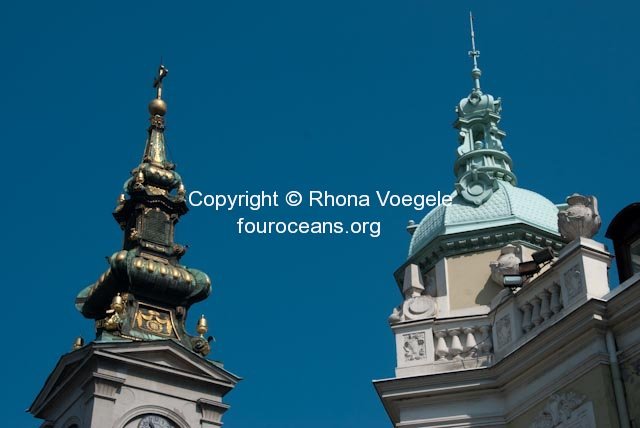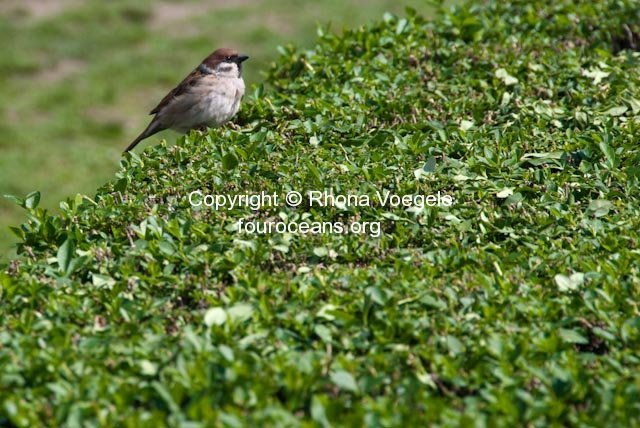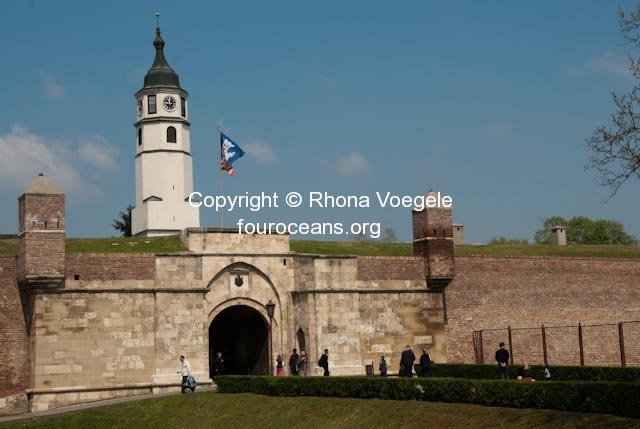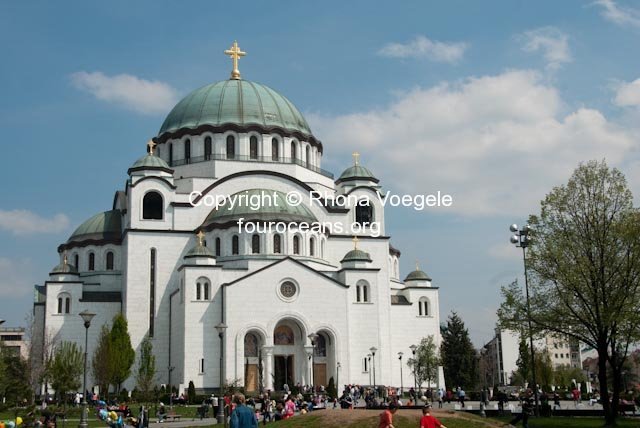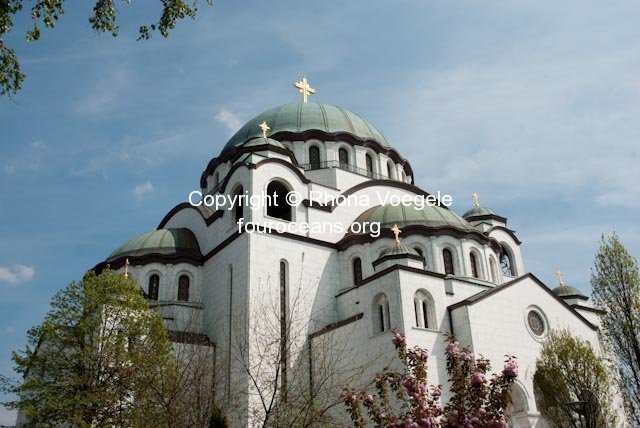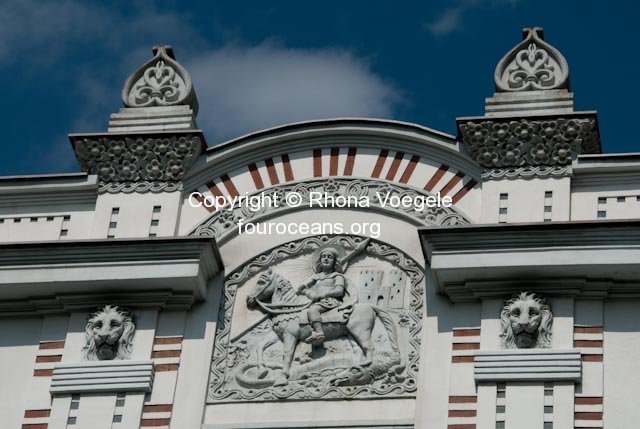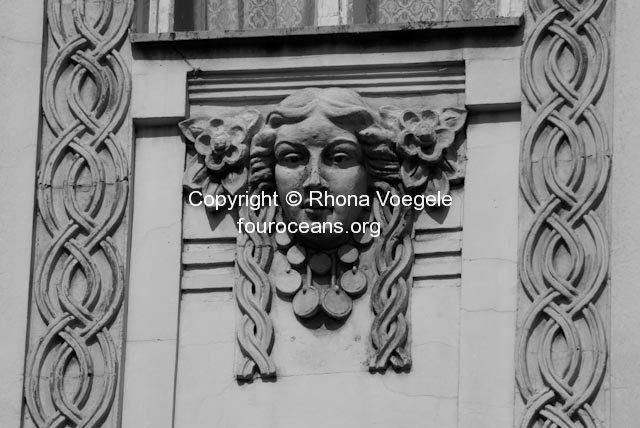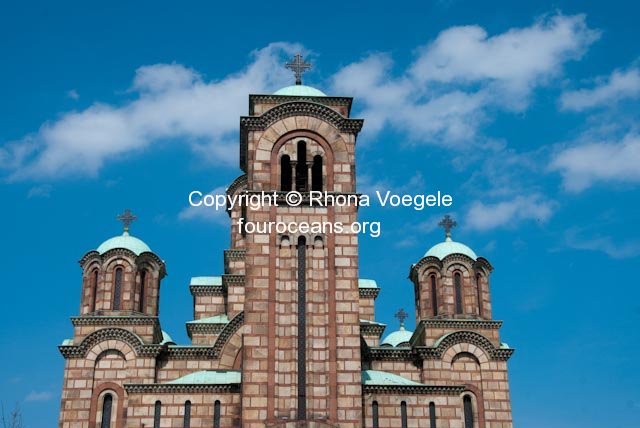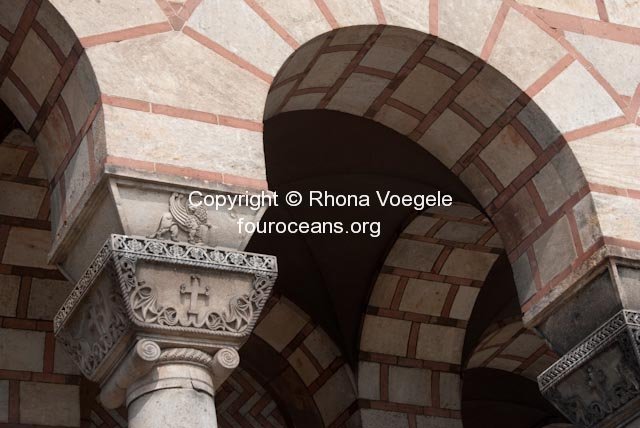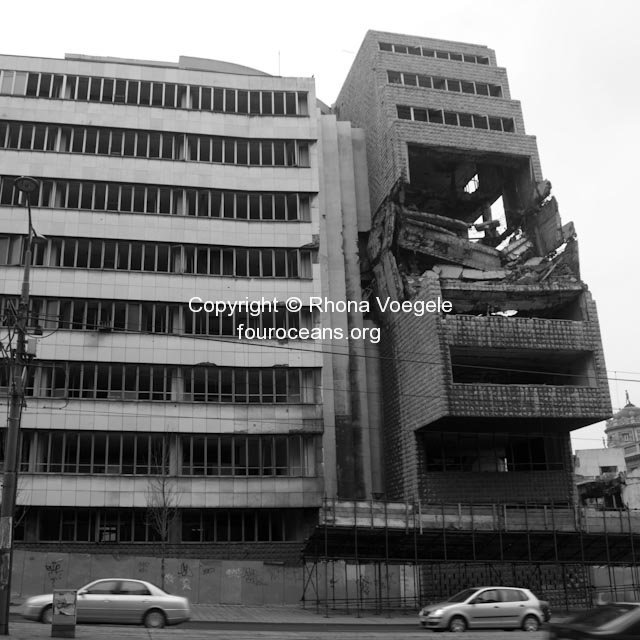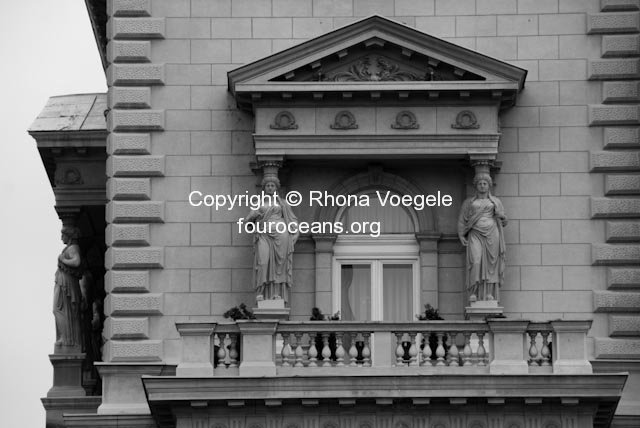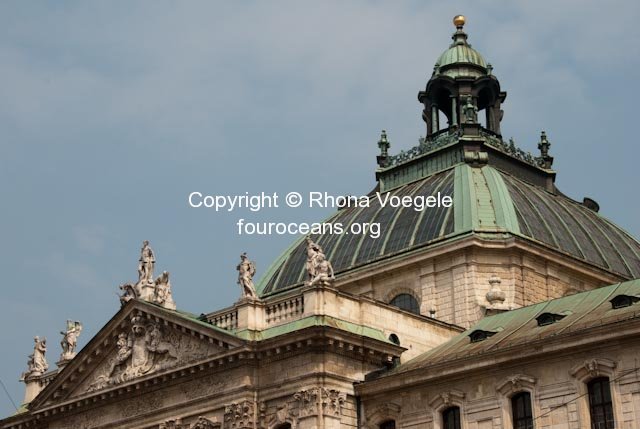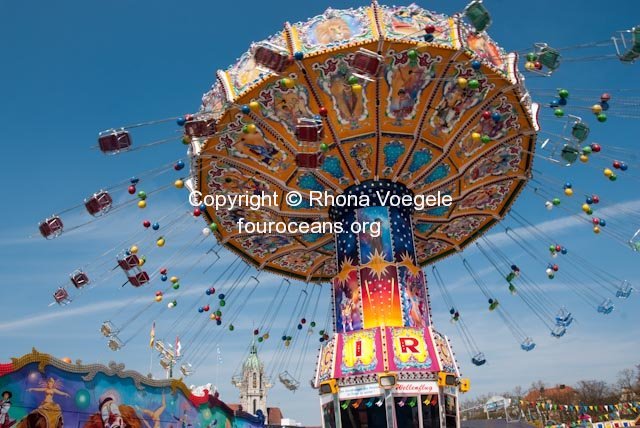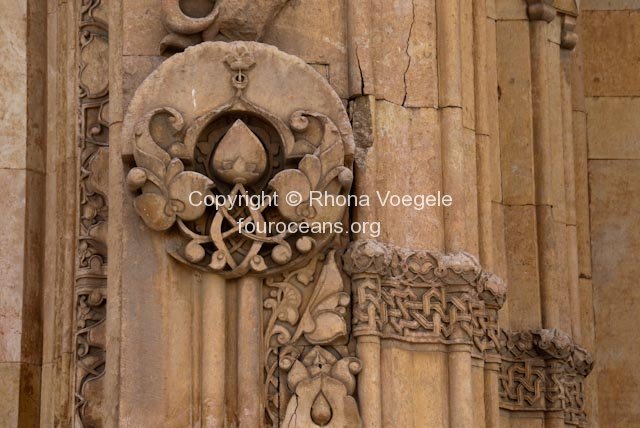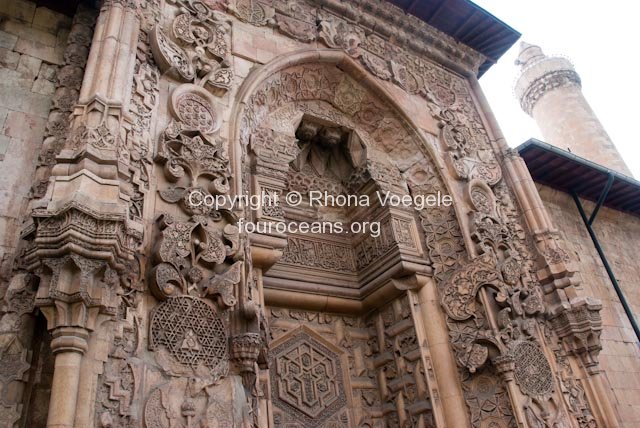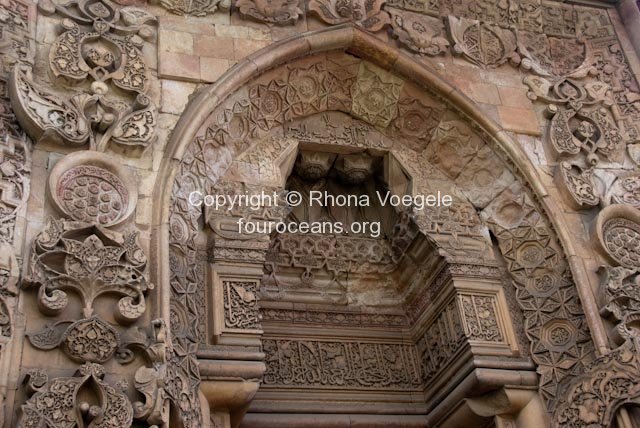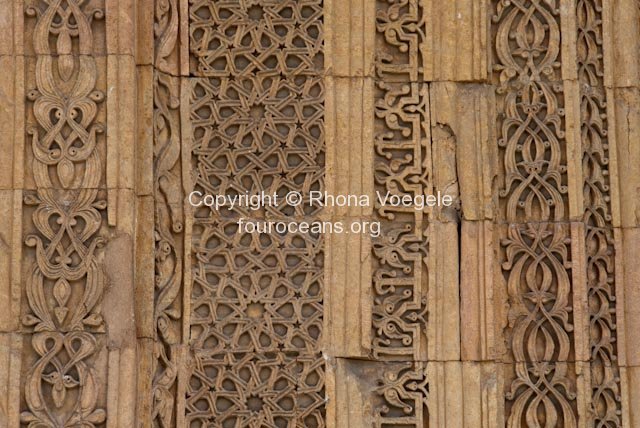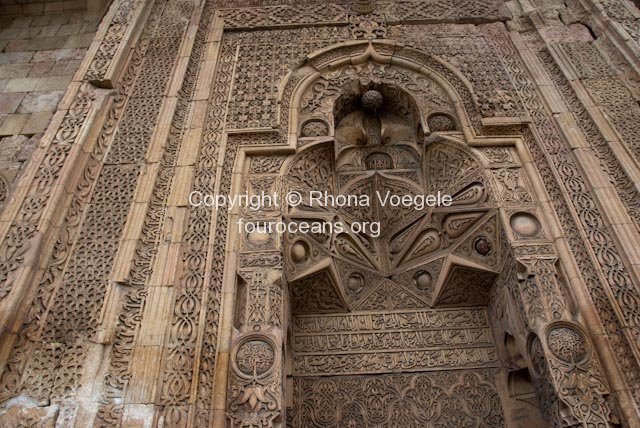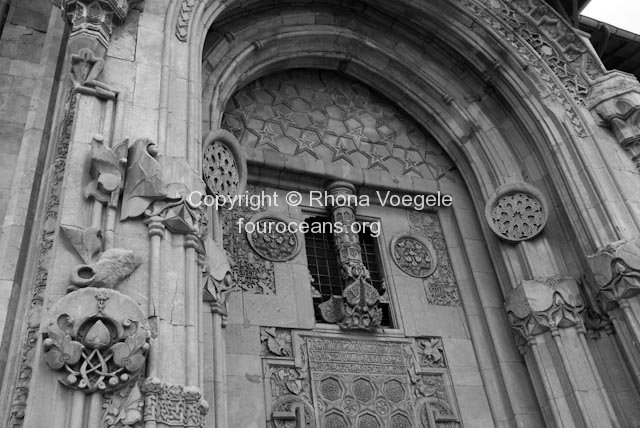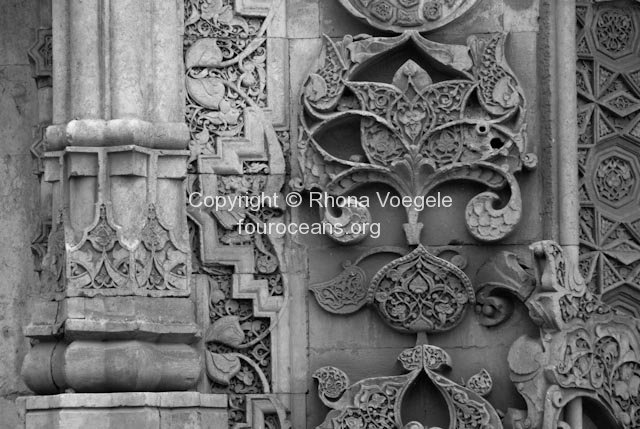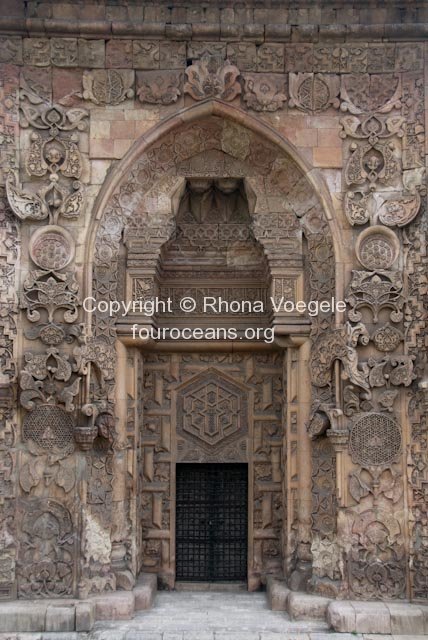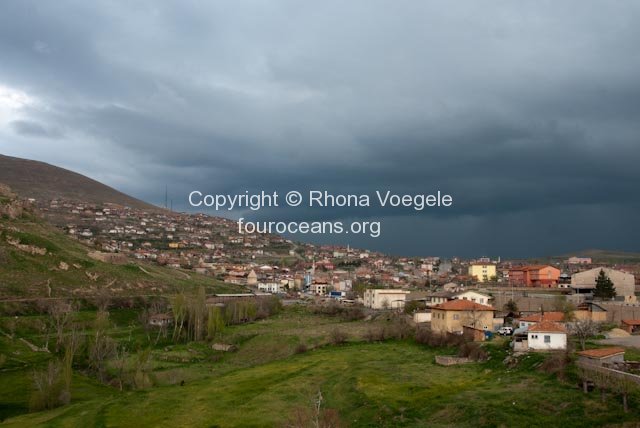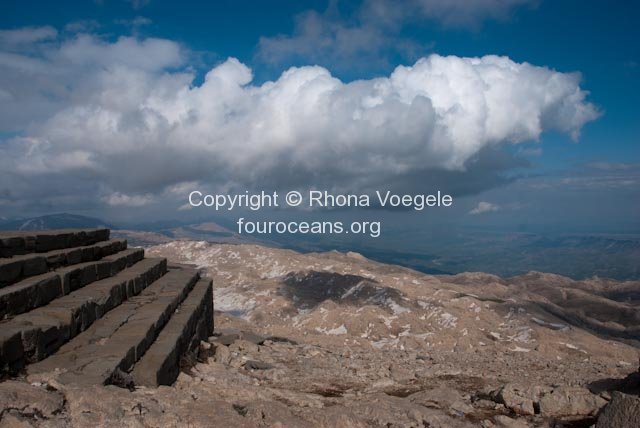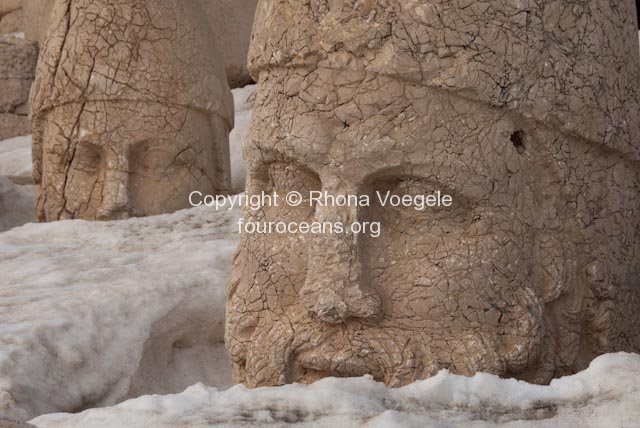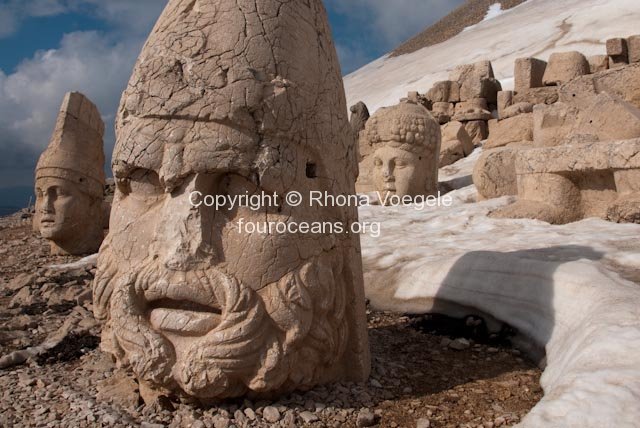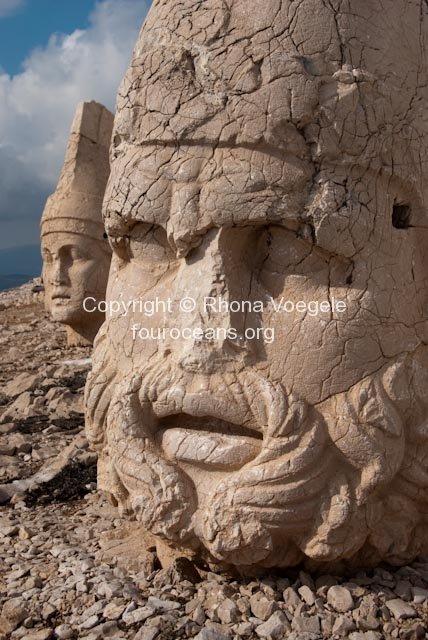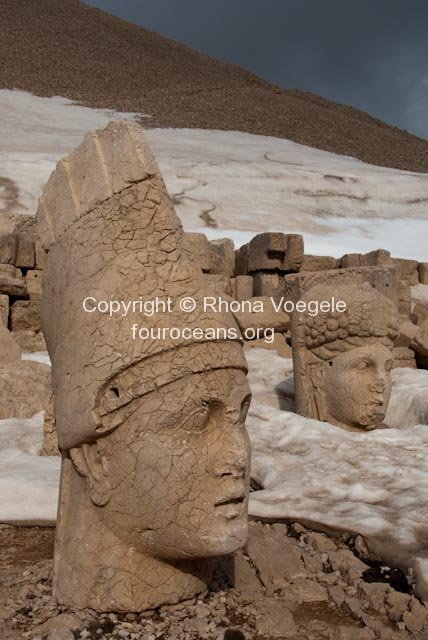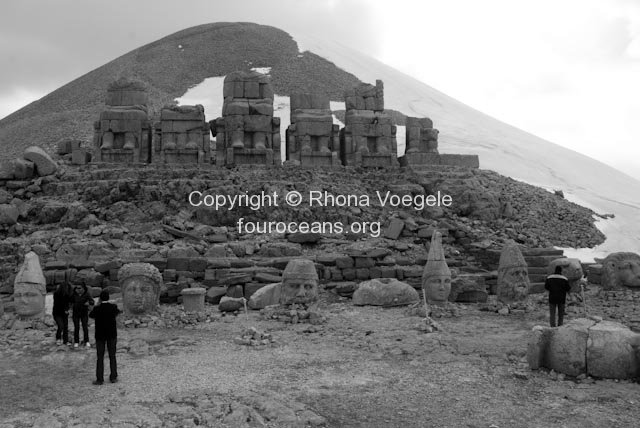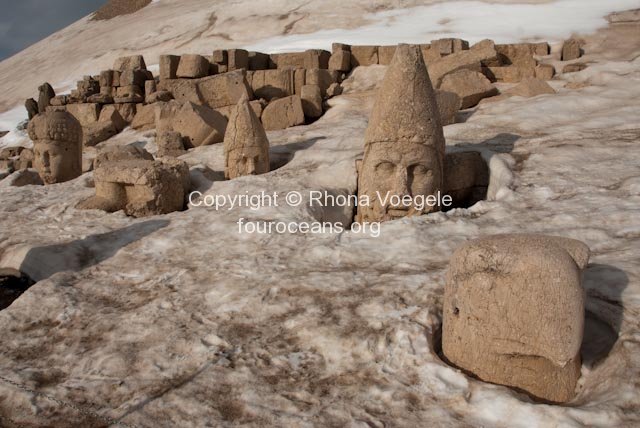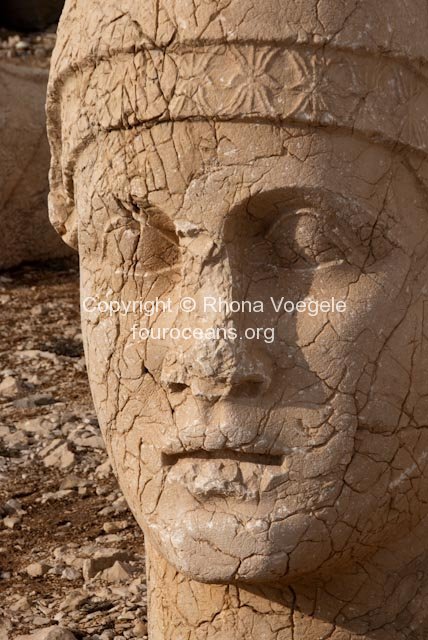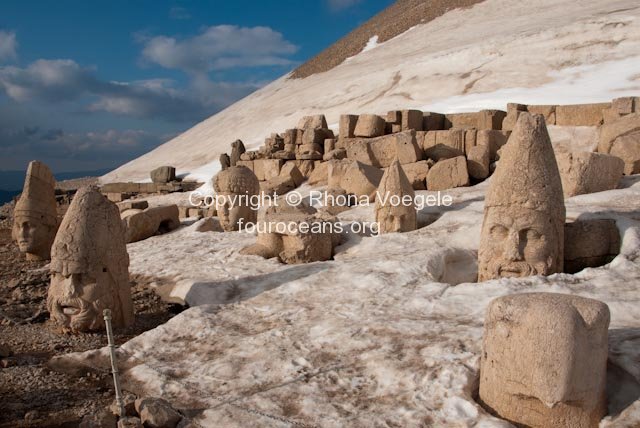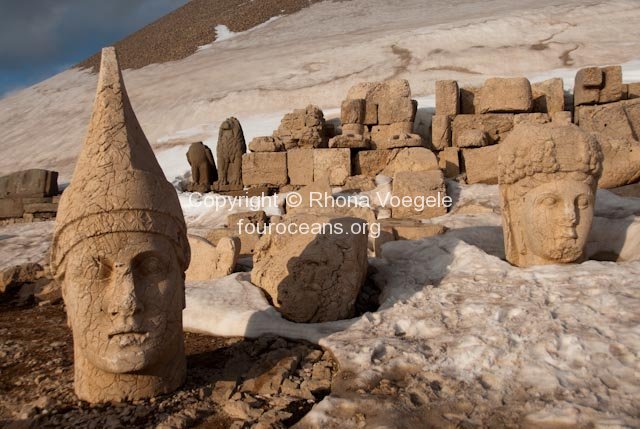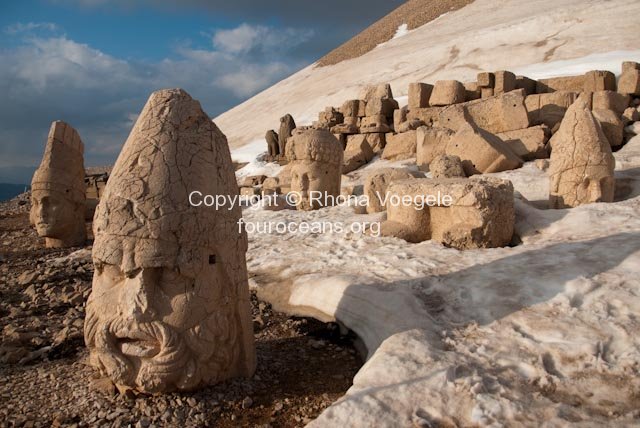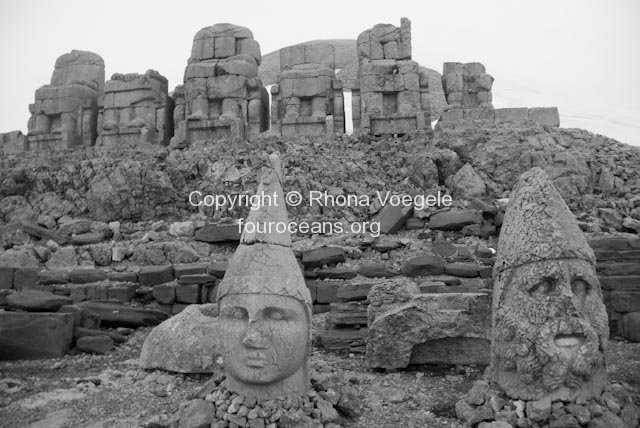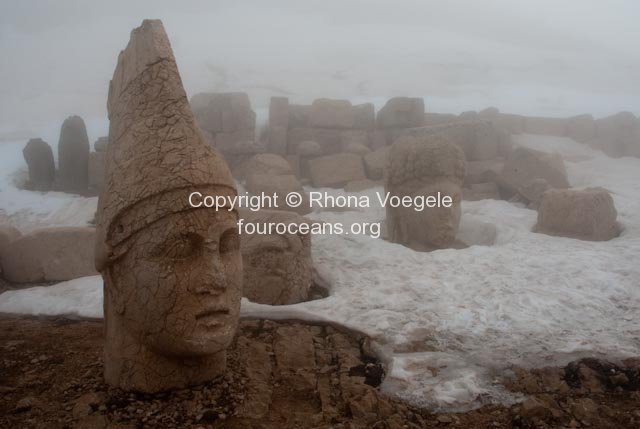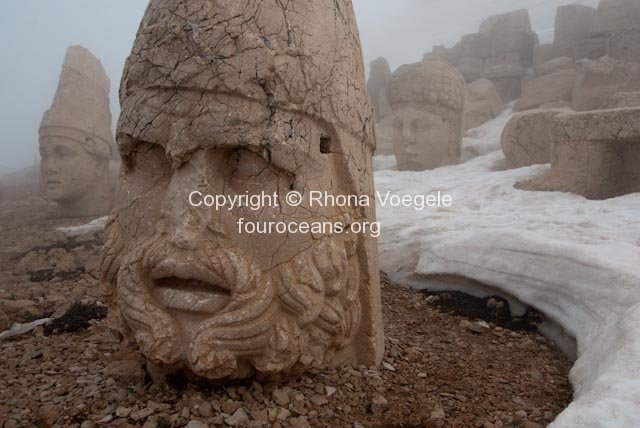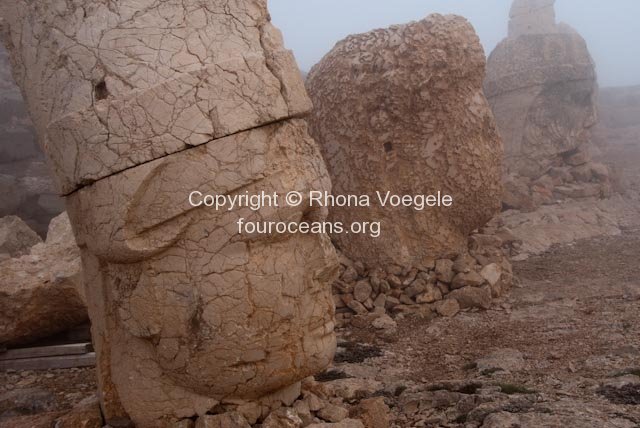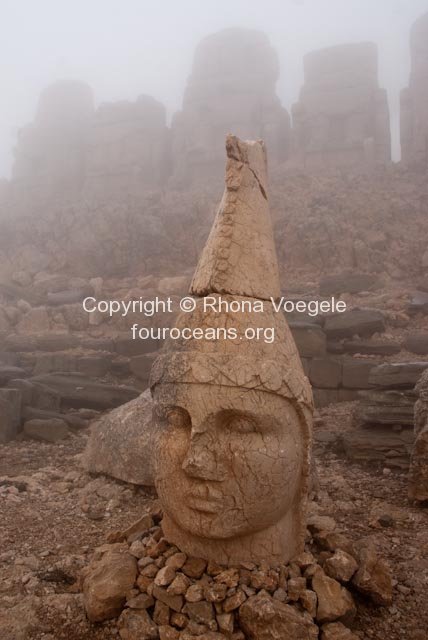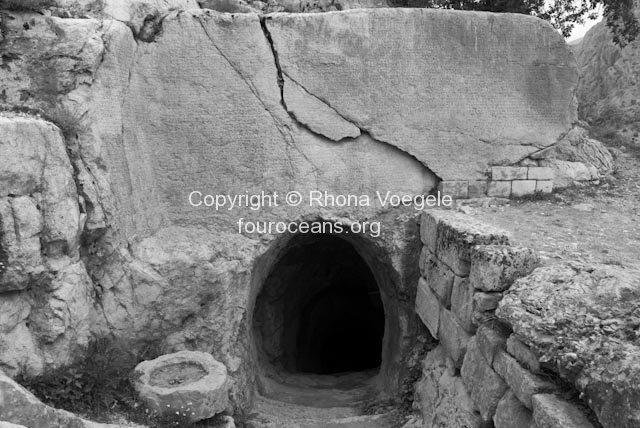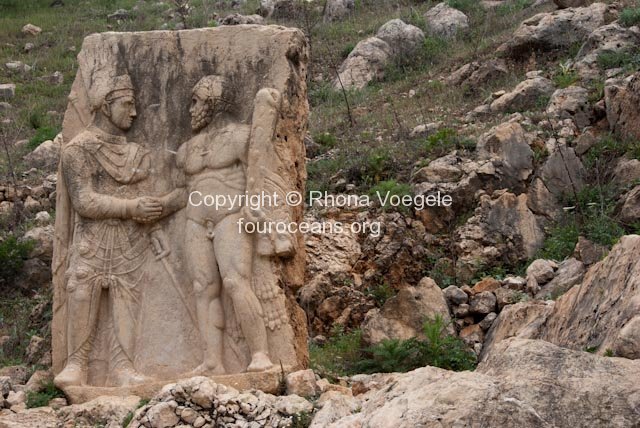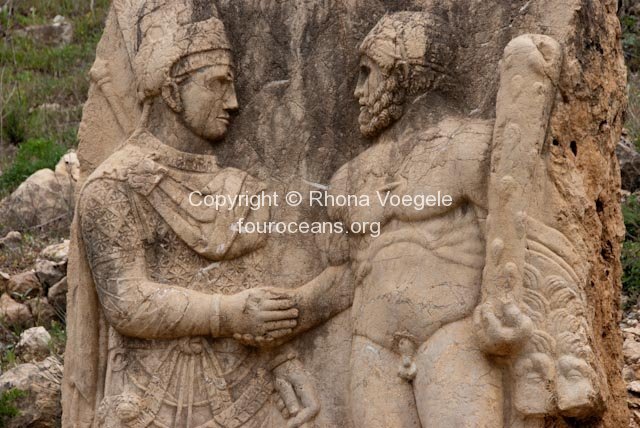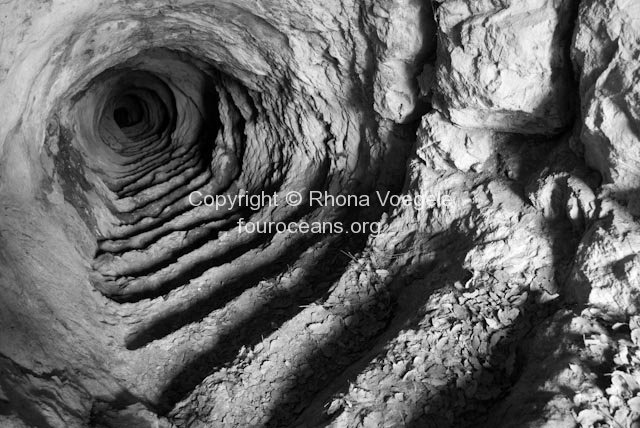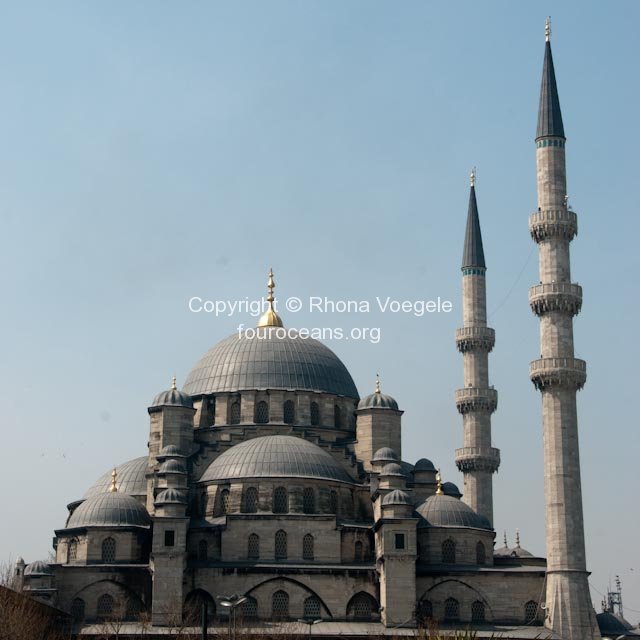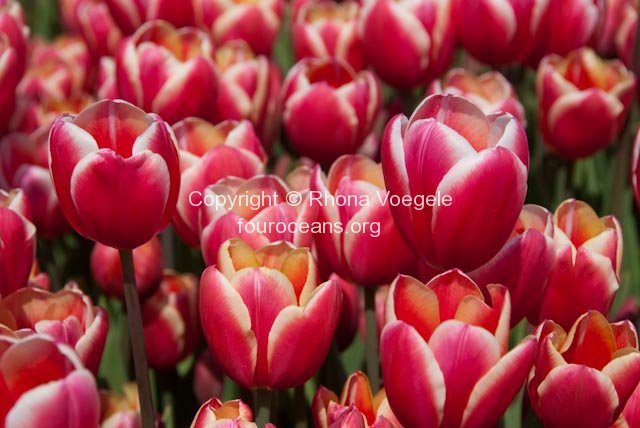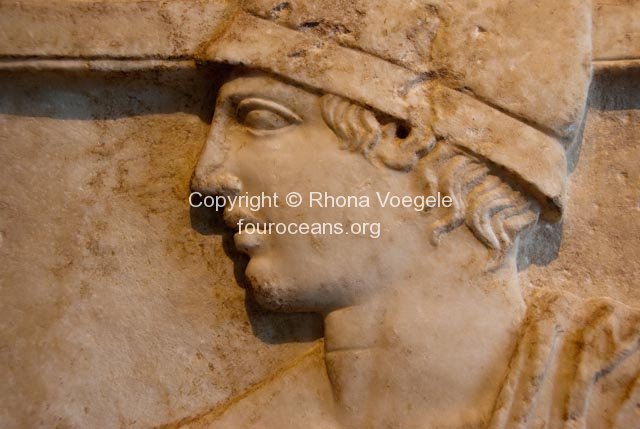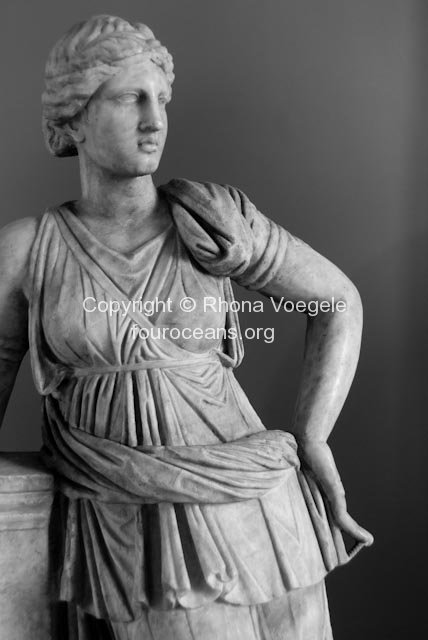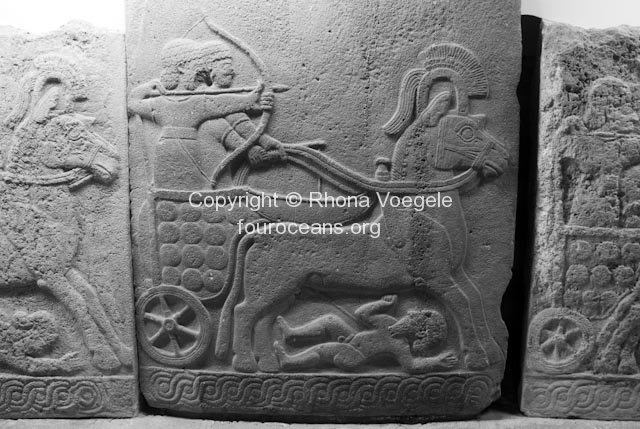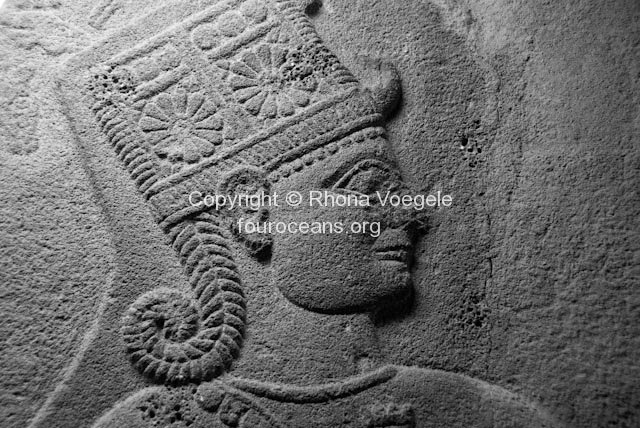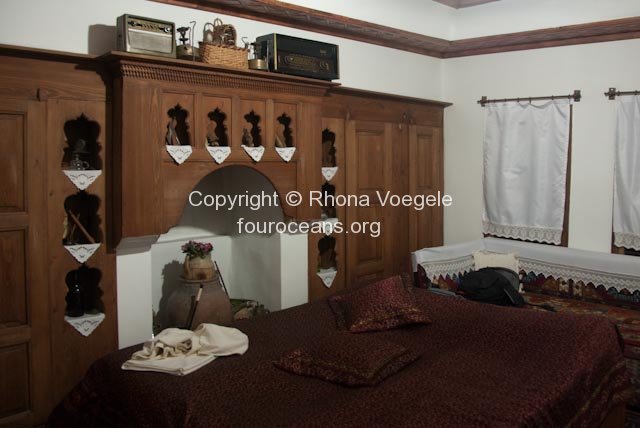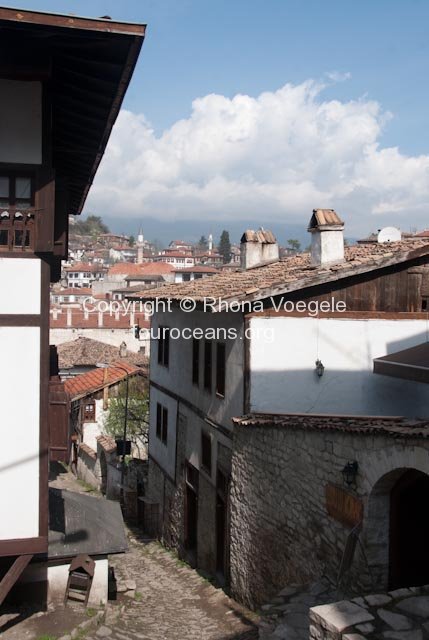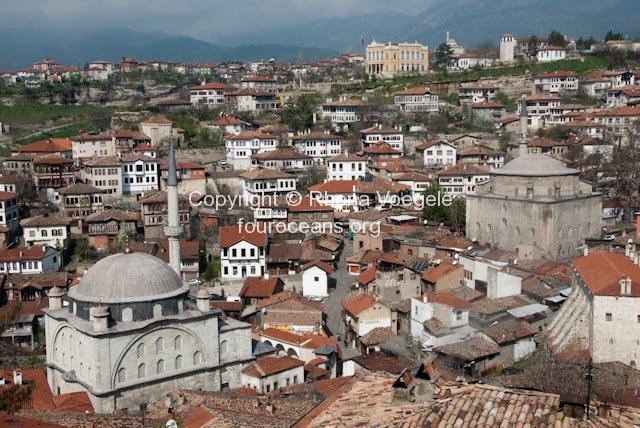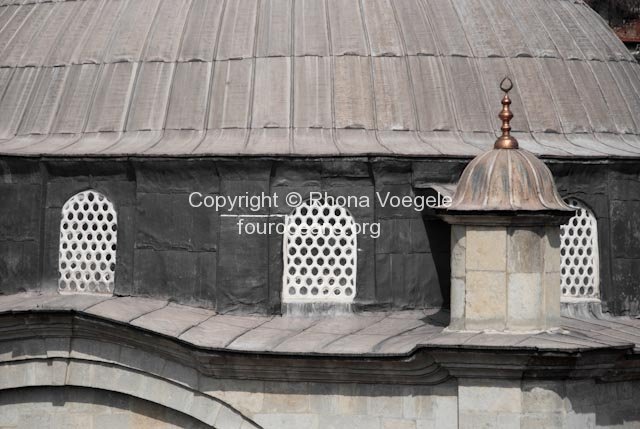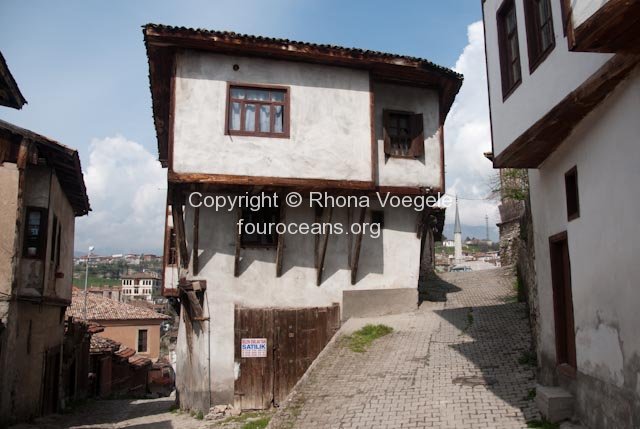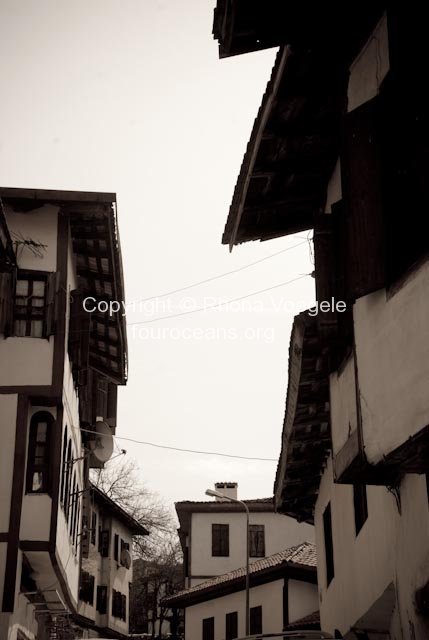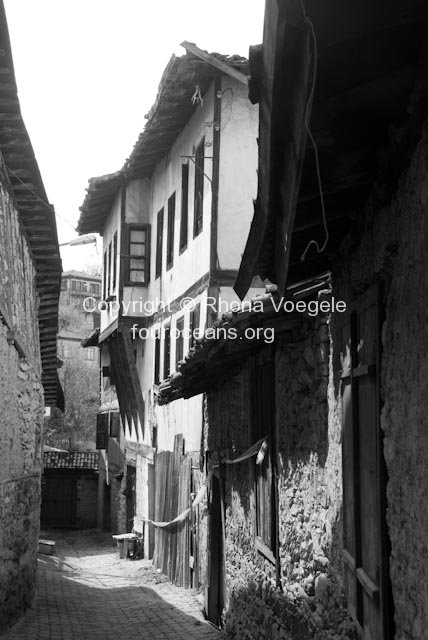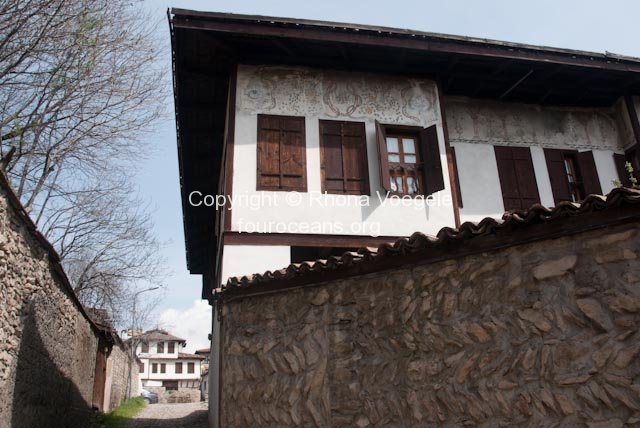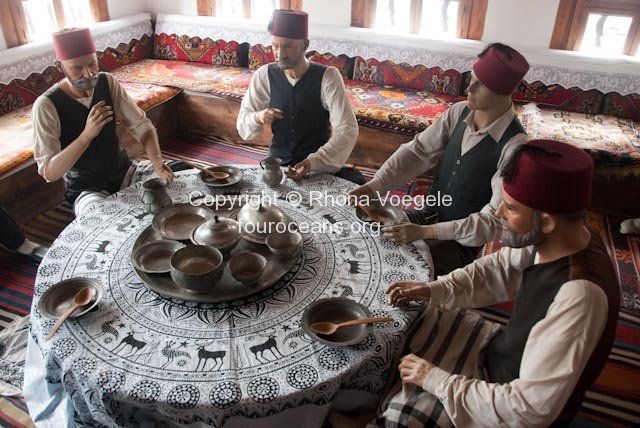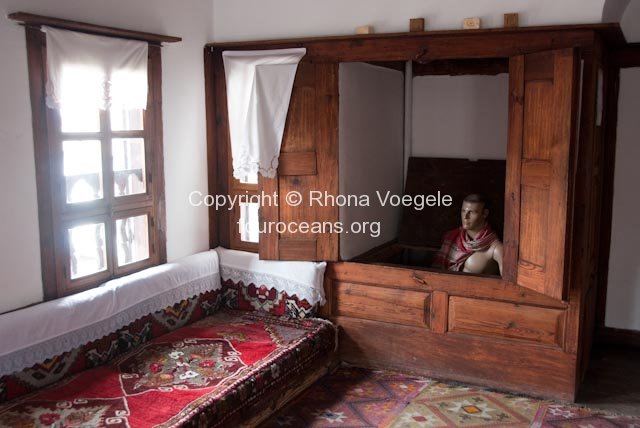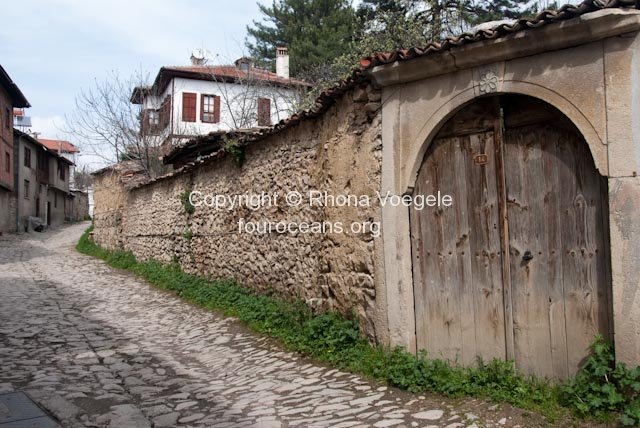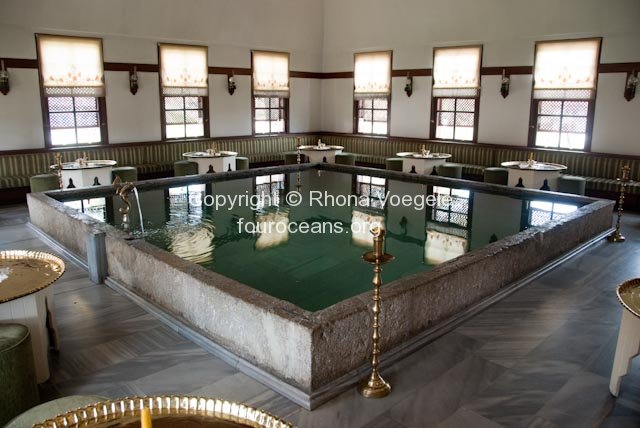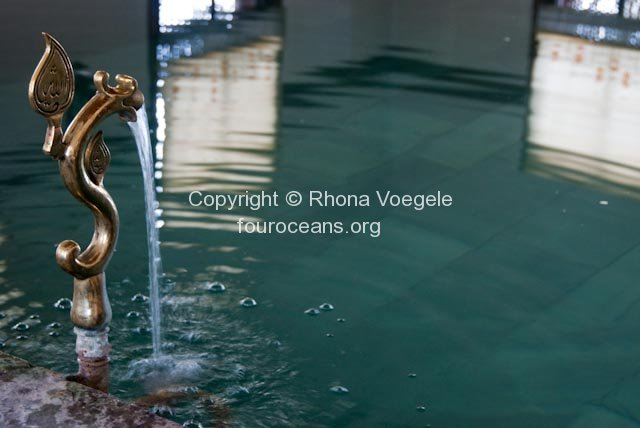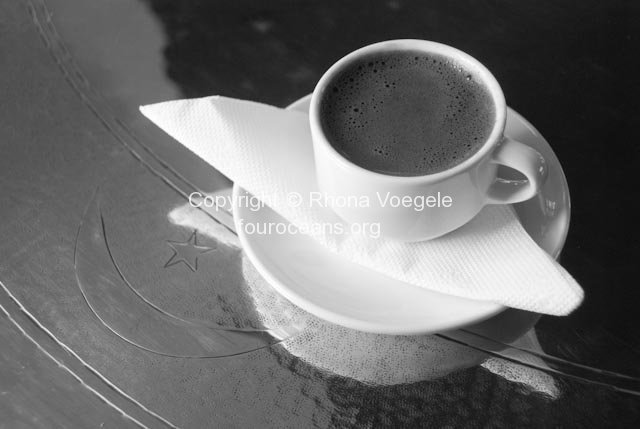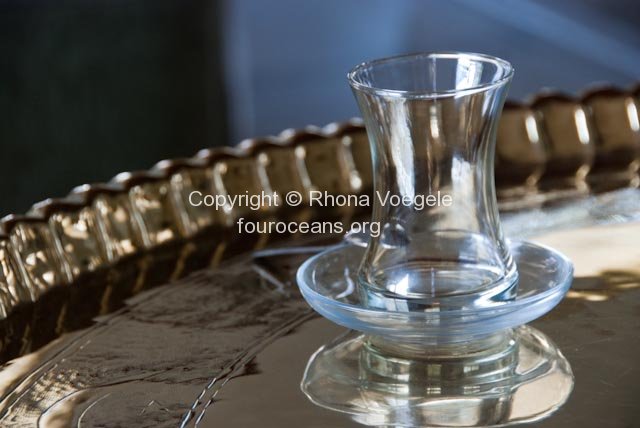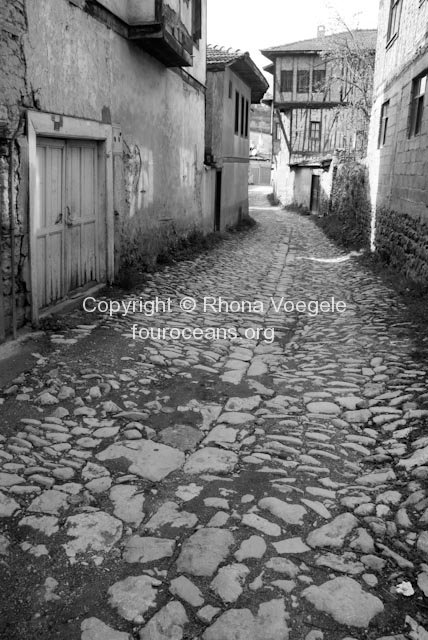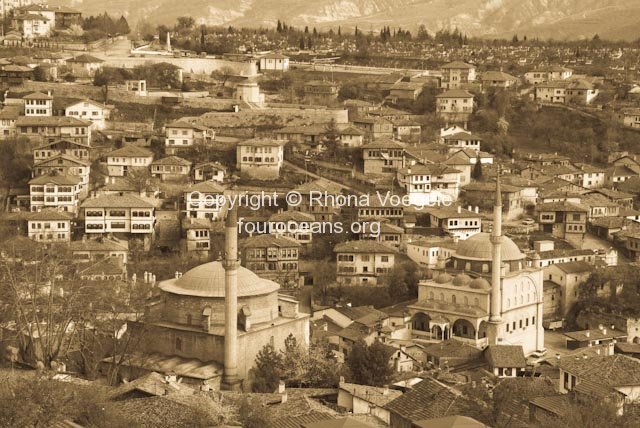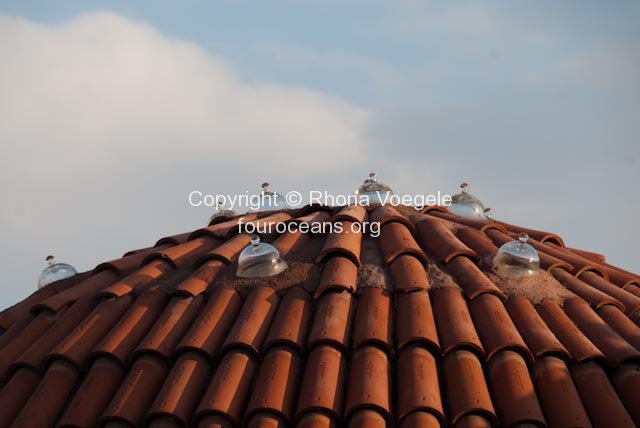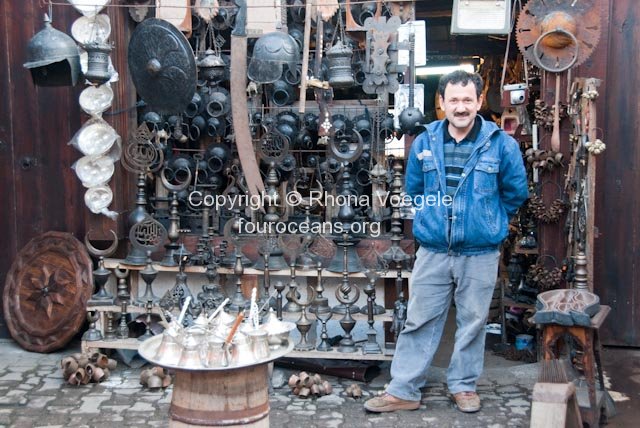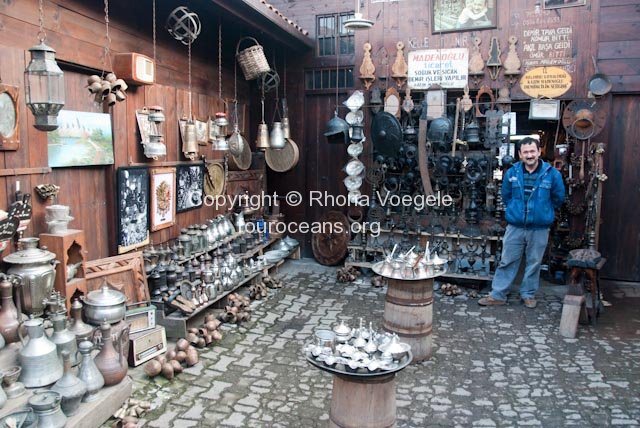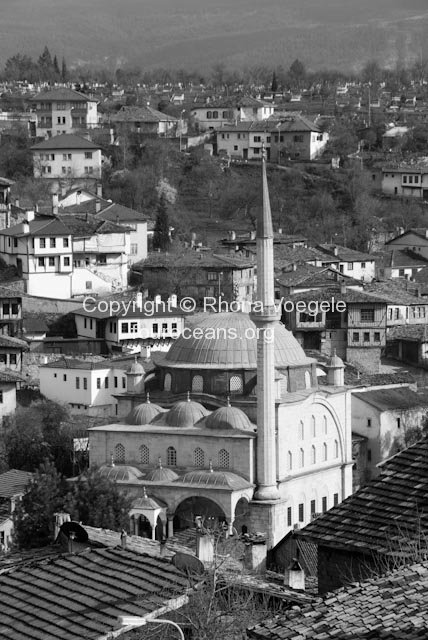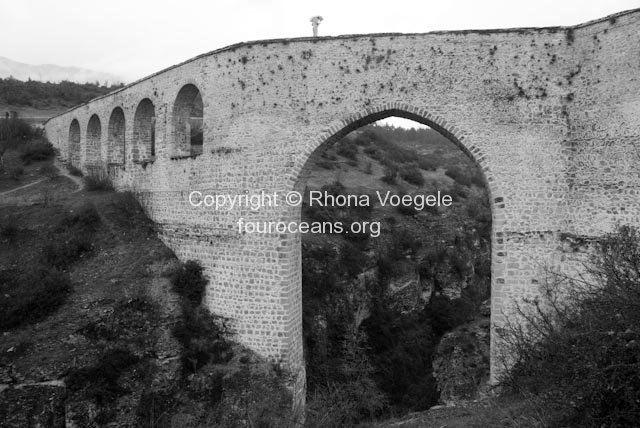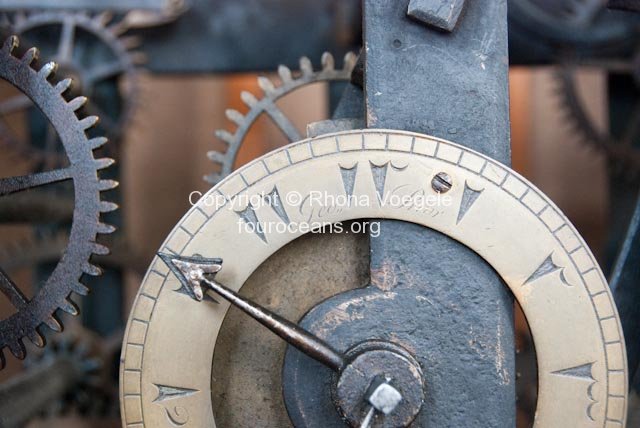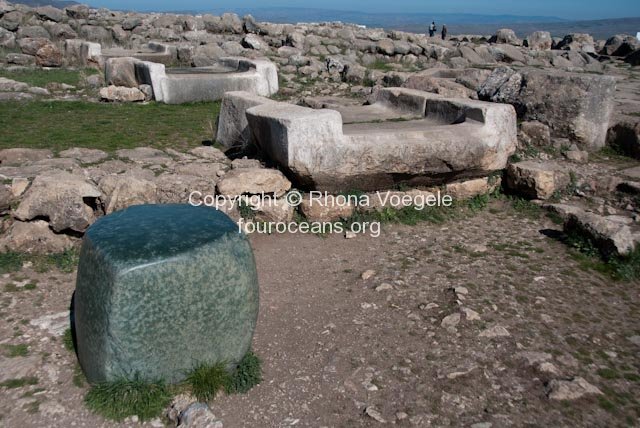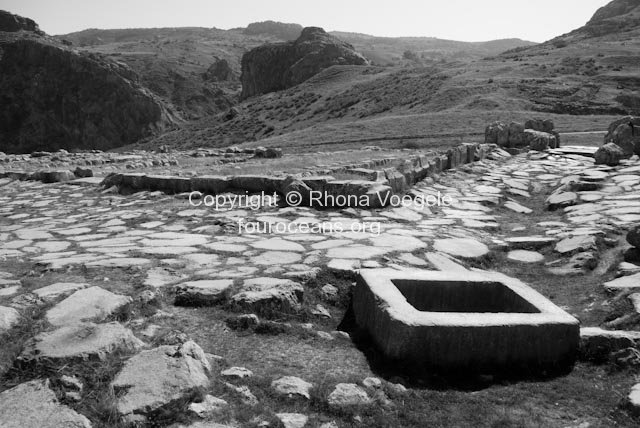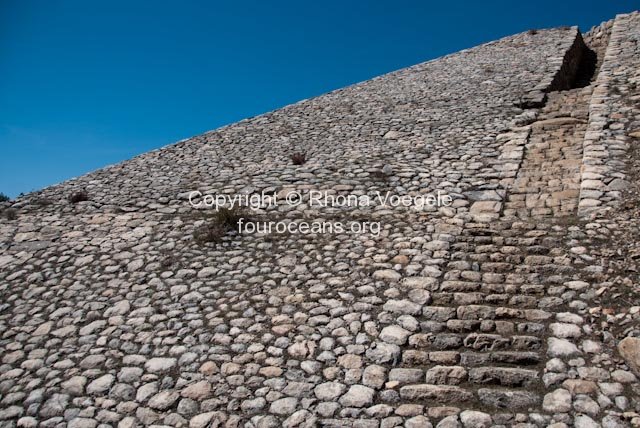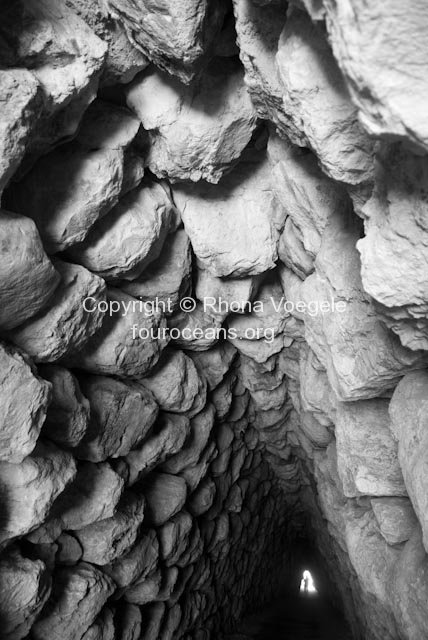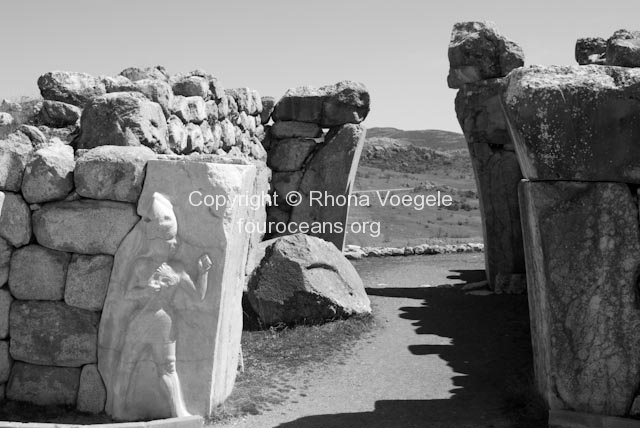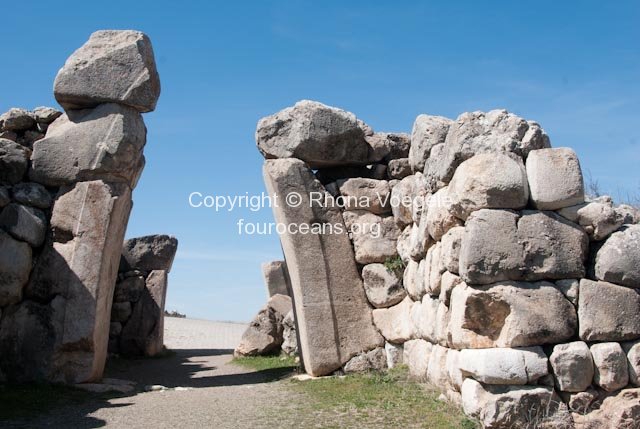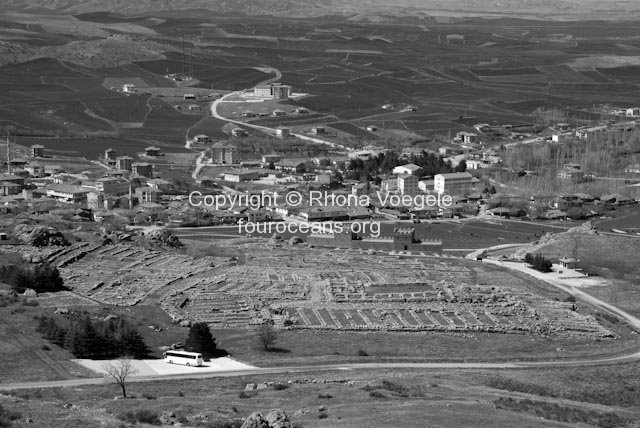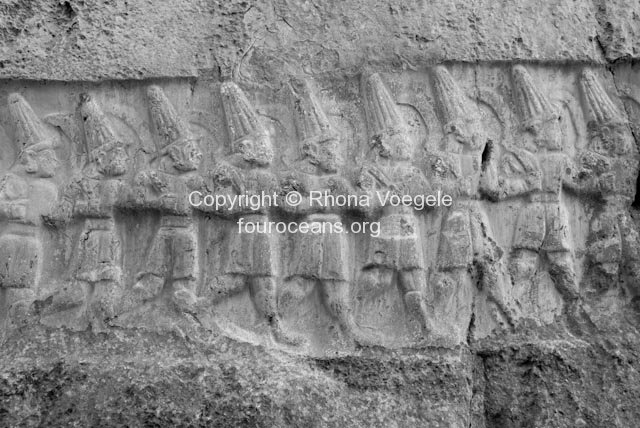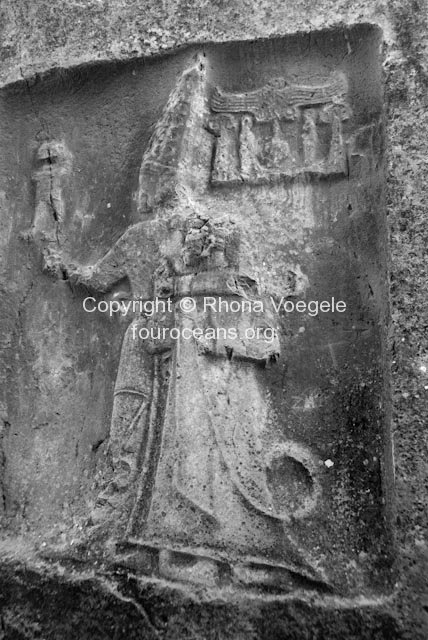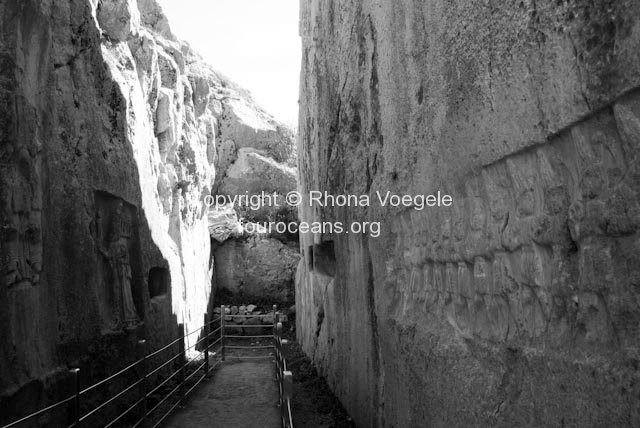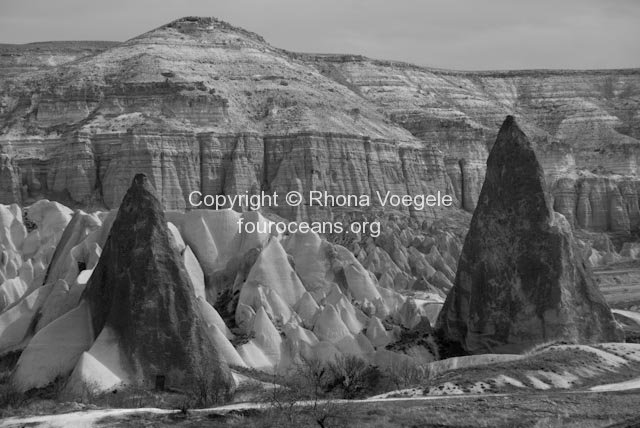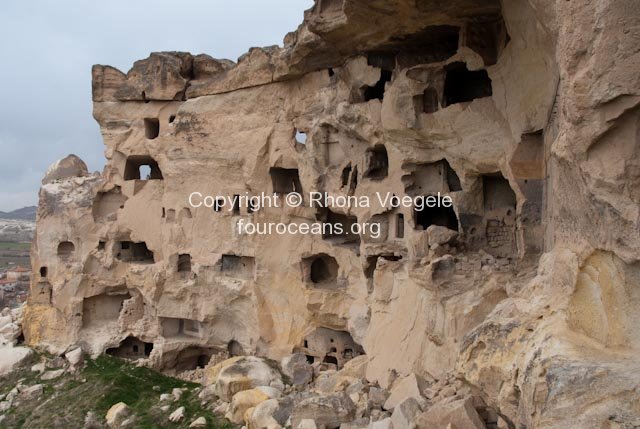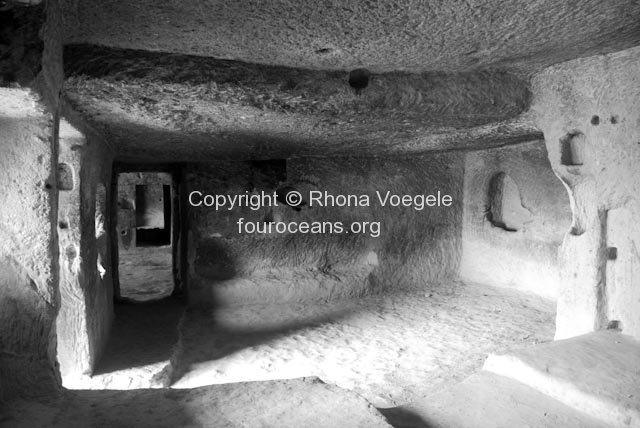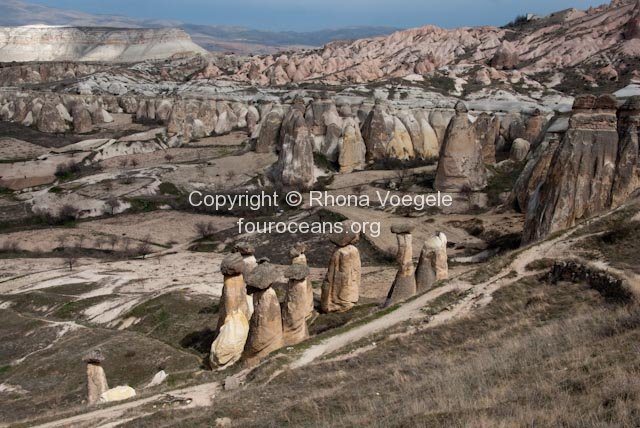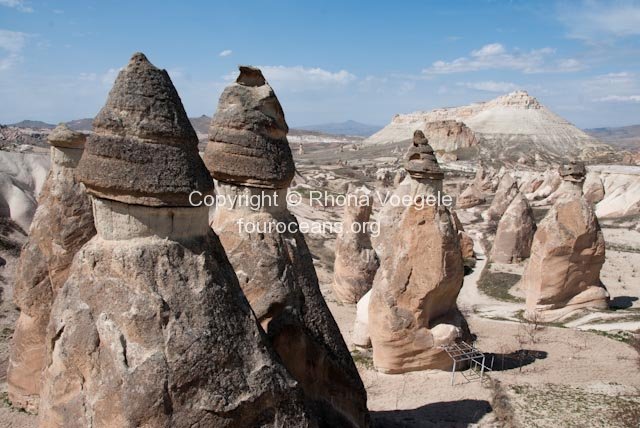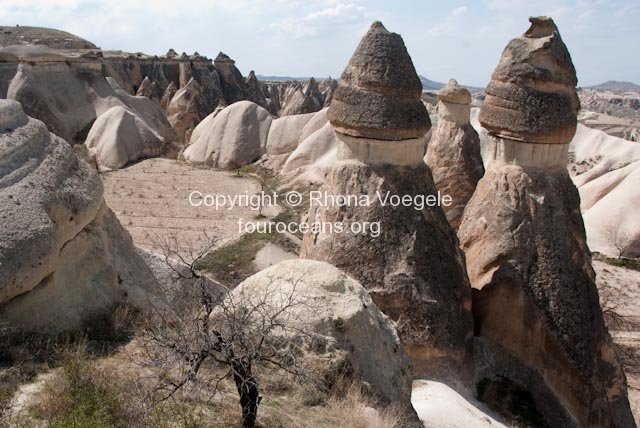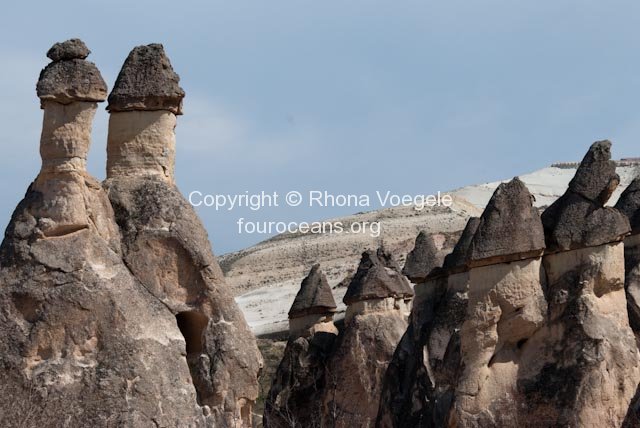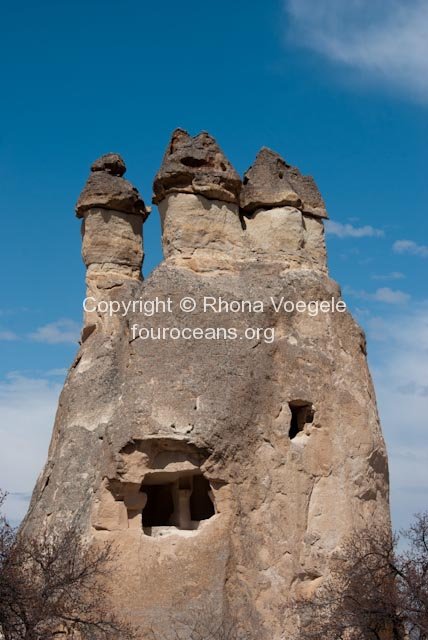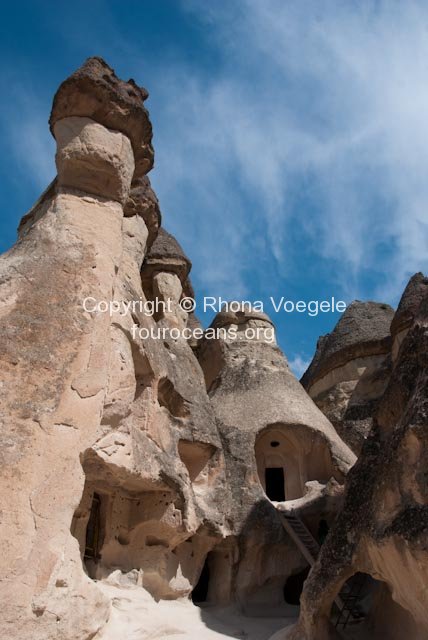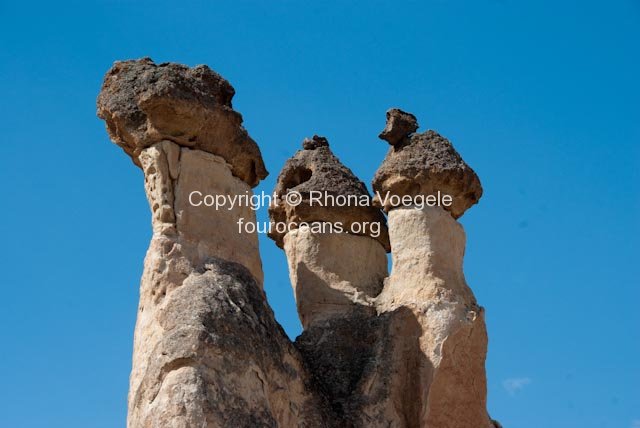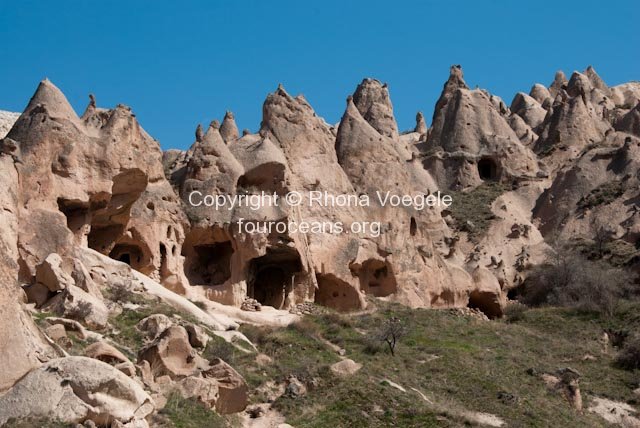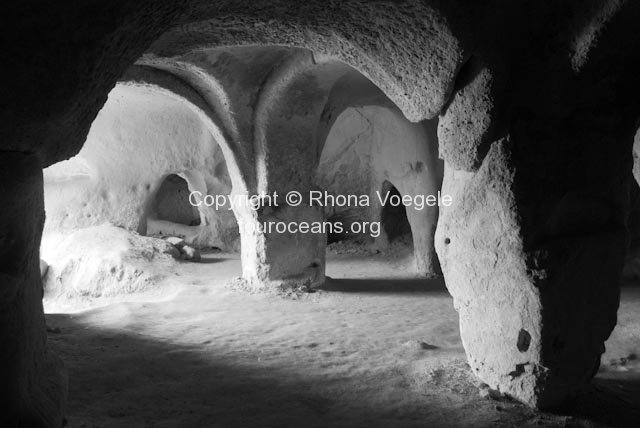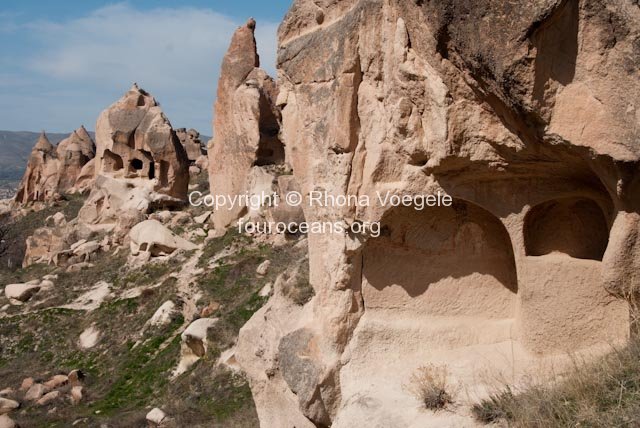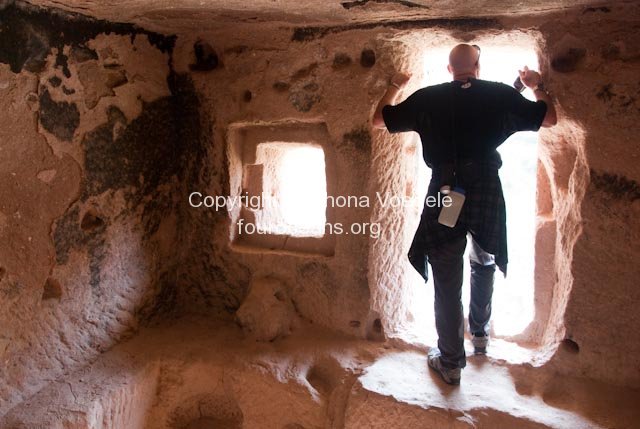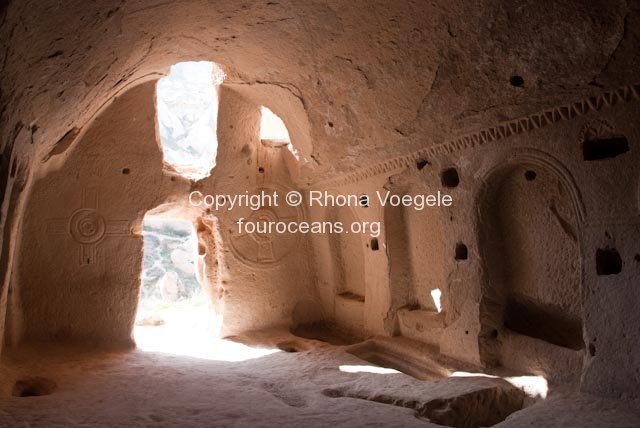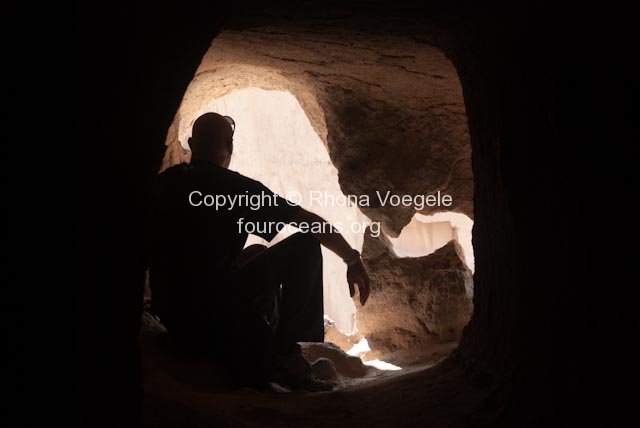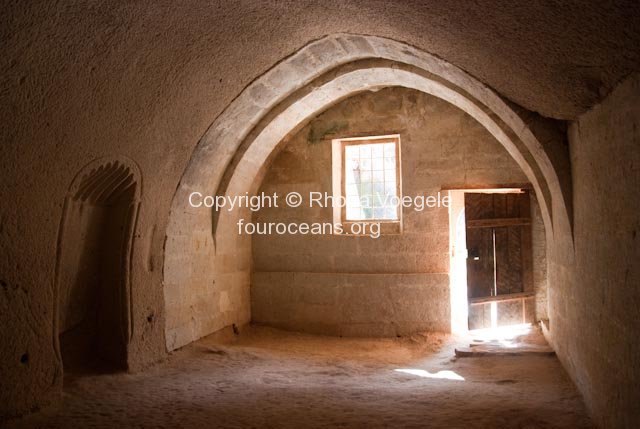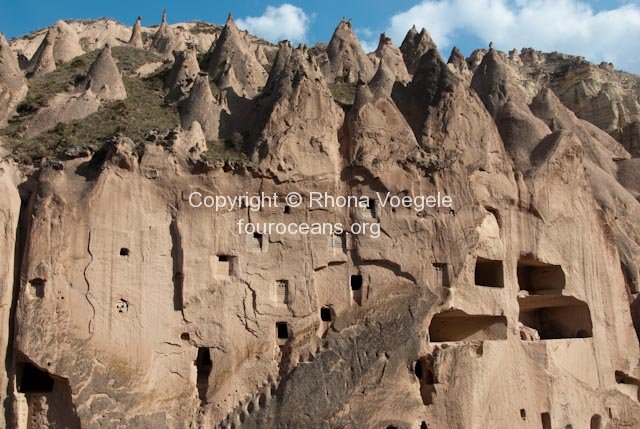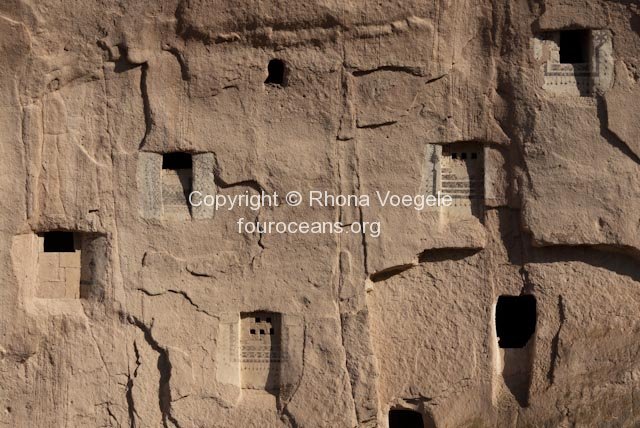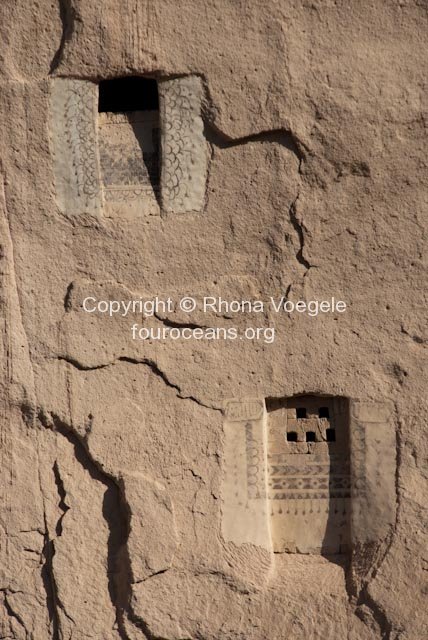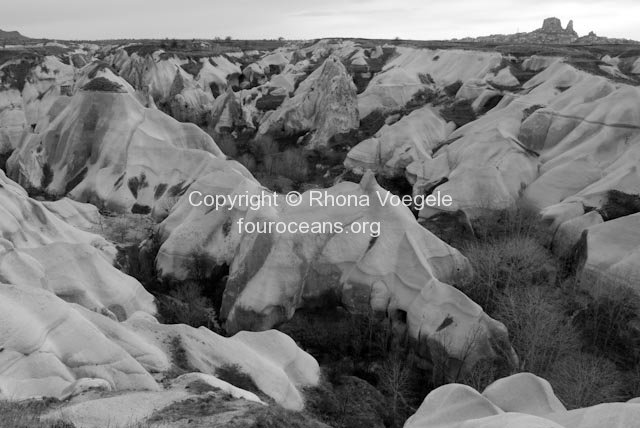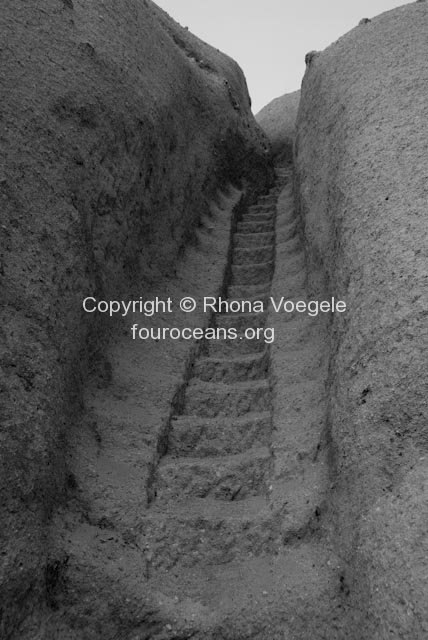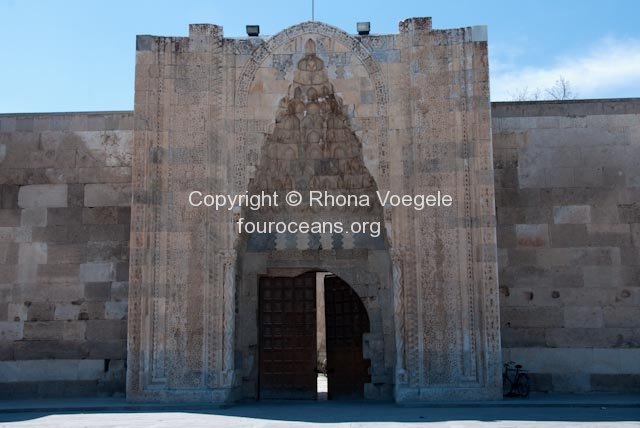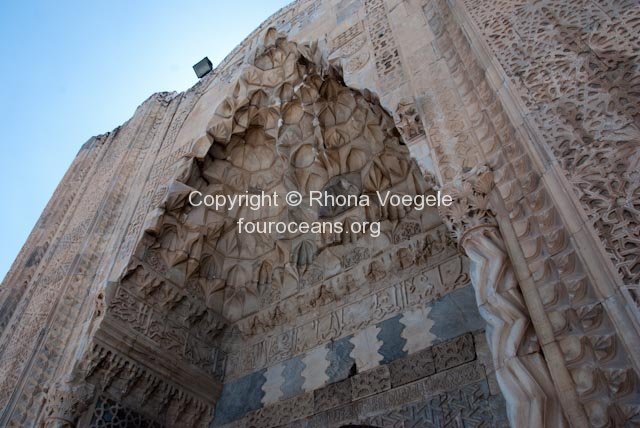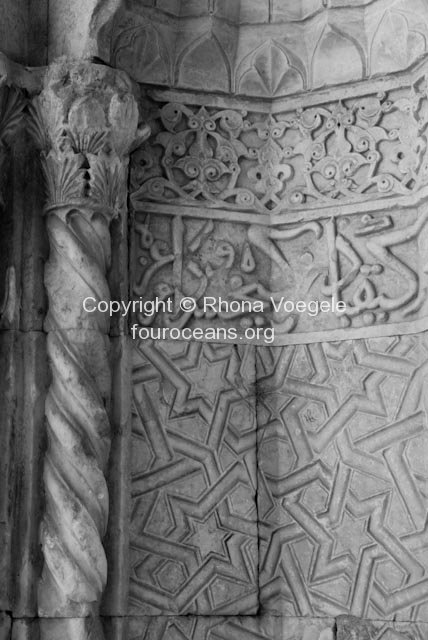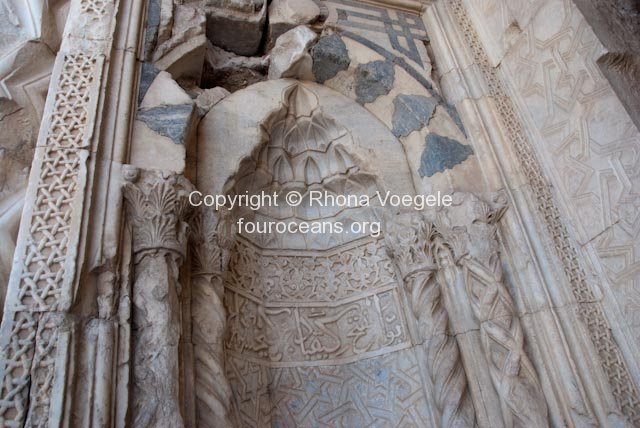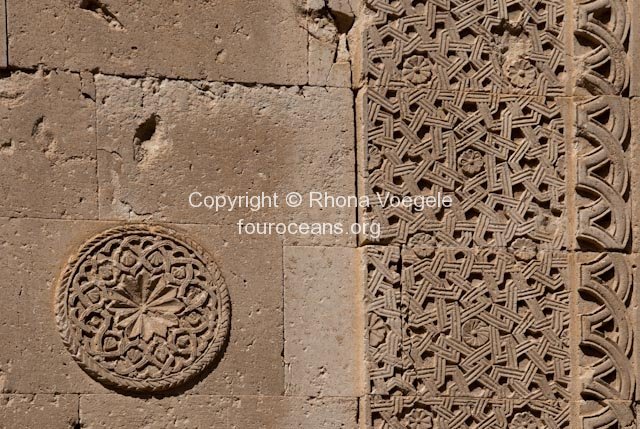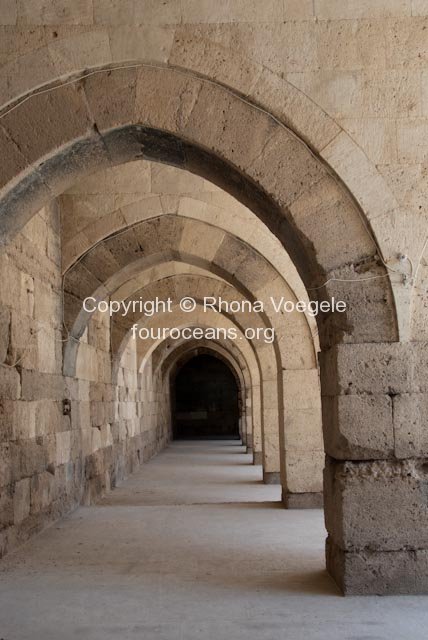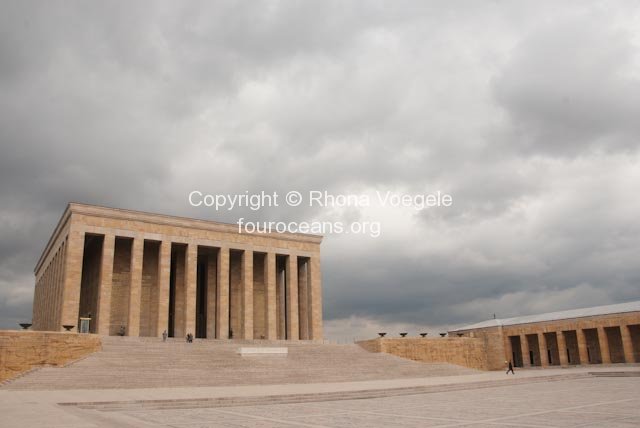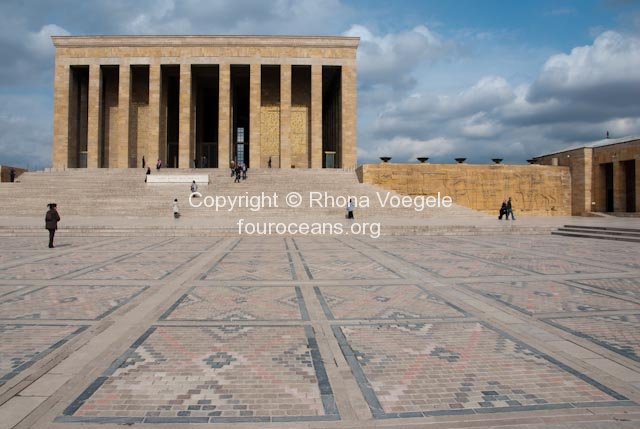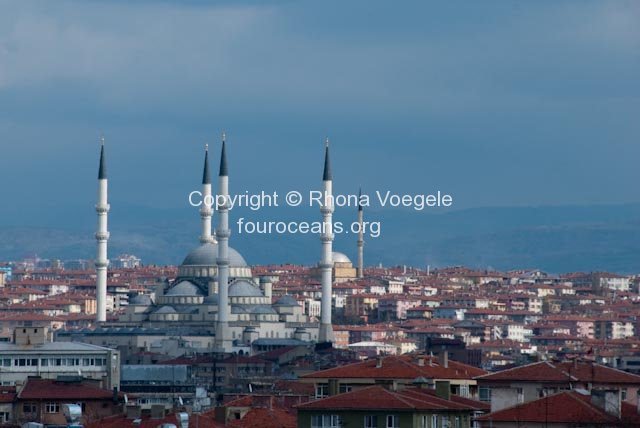Seeing as I put the effort into selecting 20 photos to present at Pecha Kucha in Muenster I might as well share them with anyone reading my blog – I’m looking at you Nan! It wasn’t easy to select only 20 photos from the past 61 weeks of travel. A quick count says I’ve taken just over 11,000 since the start of 2010 alone, and I don’t want to admit how many I’ve taken in total over this trip. Let’s just assume it was many more than 20. So below are what I think are some of the best photos I’ve taken this trip, though some of them were chosen more for the story than the artistic side of things.
Read the rest of this entry »
–
–
As it turned out getting to Belgrade wasn’t as simple as “direct train” would have you believe, but we felt a little of the old fashioned romance of train travel as we pulled out of Istanbul. We left from the same station that the Orient Express used back in the day. Our carriage was hooked on to a train that had different cars heading off in various directions along the way, but when we got to Sofia, Bulgaria, we were told that our little orphan carriage had missed the train we were meant to be joining on to. We had to wait until evening (another 10 hours) for the next train to Belgrade. Brett and I explored the station area, bought some supplies, then wandered around the sidings looking for our mobile home. We eventually found it and killed some more time before being bounced around like a ping pong ball by an engine driver who was obviously in need of shunting practice.
Eventually we arrived in Belgrade, at 5:30am, and once checked in (at 9am) we headed out to explore Belgrade. The city doesn’t really have all that many sights but the weather was beautiful and we joined the locals in making the most of it. Outdoor cafes and the beautiful park at the old citadel were great places to hang out and people watch. The young people are very fashion conscious and in certain areas you’d be forgiven for believing that nobody over the age of 35 lived in Belgrade. Apparently the nightlife is pretty lively on any night of the week but we weren’t really in the mood to head out drinking, though we did visit one eclectic little bar which gave us some inspiration for how we’re going to arrange our own strange collection of travel artefacts once we have a house. One sightseeing thing that we did do was the ethnographic museum which has an incredible collection of traditional costumes. We were also told that there was an area where you could still see some of the buildings bombed by NATO in 1999. It’s a strange thing to go and see when you think about it logically, but it had to be seen. Maybe its morbid fascination but I prefer to think of it as seeing traces of recent history that you usually only read about in the newspapers. As far as I can tell the buildings we saw used to be the Yugoslav Army Headquarters and the Federal Ministry of Internal Affairs and they’ve been left as a reminder of the past.
Read the rest of this entry »
–
–
We finally made it to Divrigi the morning after I last posted. Prior research indicated that there were very limited accommodation options but we had the name, approximate location and phone number of a government-run hotel. Our initial inquiries took us to the local council offices where we were served tea, met the mayor and generally sat around wondering what was going to happen next. Once everyone had had enough tea they drove us to the hotel and made sure we were settled. We were. It was a beautiful hotel in a peaceful location and to top it all off was the cheapest place we’d found in our time in the country! Happy as two travellers could be we headed off to see the main (only?) attraction in town, a trio of intricately carved doorways.
It seems like a strange reason to detour hundreds of kilometres down a dead end valley but the doorways on Divrigi’s Great Mosque and hospital are incredibly beautiful. The mosque was built in 1229 by the local lord and at the same time his wife commissioned the building of the adjacent hospital. Inside and out the yellow stone walls are very plain but it’s as if the entire decorative power of the areas artisans was dedicated to the carvings surrounding the doorways. The stone bends and warps in ways that make you need to touch it to prove that it’s stone, it looks more like plastic or wood carving. There are three doorways and each seemed more amazing than the last, though believe me when I say that even the first one was impressive.
Read the rest of this entry »
–
–
The first stop on our UNESCO hopping was Safranbolu, where we wandered among the Ottoman era buildings that have been preserved in the old market area of the city. One of the things that was really nice was that the historic area is separated from the new part of town, and in its own little valley. Apart from the modern apartment blocks on the ridgeline and the occasional communications tower on a peak, all you saw were old houses, or new ones that are designed to fit in. We stayed in a beautiful building that had some of the features we saw in other buildings. The exterior is usually covered in white plaster but the interior is all wooden – the floors, ceilings and cupboards that cover the walls. Around the walls there is a narrow seating area and the rooms are designed to be multipurpose. During the day they are set up for general living and in the evening bedding is brought out of the cupboards in the wall. Another space-saving device which was a little odd was a bath in the cupboard. We’re still not really sure how this worked but essentially a small trapdoor in the raised floor of the cupboard opened and people would wash there. When they were finished the trapdoor would be closed and the cupboard would be used for storage. We’re not sure how drainage worked; we had a normal bathroom in our room.
Wandering around the streets was really cool, many of them are too narrow for car traffic and even the ones that are one car wide were pretty much only pedestrian. Many of the buildings now house shops in the bottom floor selling tourist tat, halva and Turkish delight. Everything seems to be saffron infused, as it was the growing and trading of this spice that gave the town its wealth and its name, though I can’t recommend saffron tea. We visited another caravanserai, built to give shelter to traders’ caravans and now continuing that function as a hotel. A little out of town another hotel had restored a building with a feature not often seen, an indoor pool in the reception room. It wasn’t designed for swimming, but instead cooled the room and the running water provided a pleasant background sound for socialising. I was happy enough with overhanging second floors jutting out at odd angles, all these special features made the town’s buildings even cooler! Up in the clock tower we talked to the man who has been in charge of winding up the town’s clock for the past 45 years! Since he was 22 in 1965 he has made sure the counterweights don’t hit the floor. I can’t imagine the council being able to find a replacement when he retires.
Read the rest of this entry »
–
–
After a very full and exciting week last week we seem to have slowed down a little over the past seven days. Our blue sky weather in Cappadocia finally came to an end, and we’d seen a lot of fairy chimneys by the time we left. On our last full day of exploring we headed to Cavusin, a small village at the base of an impressive honeycombed rock outcrop. We clambered up and got to the Church of St John the Baptist, which dates from the 5th century and is one of the oldest churches in Cappadocia. Access is now assisted by a platform because the structure of the entire outcrop is so eroded that the original route no longer exists. It was impressive. A huge cave carved out of the rock in the shape of a traditional church, complete with columns, wall carvings and the remains of frescoes. We scrambled around the rest of the outcrop, climbing in and out of rooms, peering out of high windows and wondering if a huge cracks in the rock meant the whole thing was going to collapse in the next 5 minutes or the next 5 years.
From there we walked to an area called Pasabag, known for its mushroom-shaped fairy chimneys. The shape is a result of the more solid rock on top being eroded slower than the layers underneath. The image you see on a lot of local postcards is the three-headed fairy chimney. A single chimney splits into three at the top, with each of the small chimneys being topped by a basalt hat. It was cool, but actually some of the nicer scenery was further up the valley where the basalt tops have all but toppled off chimneys that have eroded away to narrow tips. The discs of basalt balance at odd angles, waiting to be jolted off by the next earthquake.
Read the rest of this entry »
